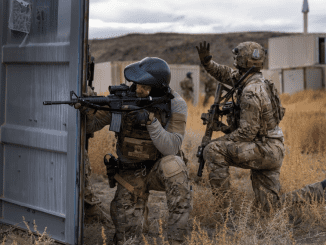There is a good reason they named part of US Navy SEAL training Hell Week –only 25% of candidates make it through. And that’s only one phase of the three phases required to become a certified US Navy SEAL. Earning the Special Warfare insignia, or SEAL Trident, is one of the toughest achievements in the American military. Most gung-ho applicants who grow up with dreams of becoming a SEAL don’t realize just how grueling that journey will be. In fact, if those young dreamers were more aware of the brutal testing and training that SEALs go through, they might just pick a different career to fantasize about.
A Grueling Physical Test Is Required To Even Start Training
To even start the path toward becoming a US Navy SEAL, trainees must pass a physical “entry exam” that the vast majority of Americans would flunk. After intensive medical screening that eliminates a high number of candidates, would-be SEALs face a tough physical test. For each of the tasks, minimum scores must be exceeded in order to enter SEAL training, but candidates are advised to aim for the “competitive” standards to give themselves the best chance of proceeding.

For this first test, the standard scores include completing a 500-yard swim in nine minutes or less, 90 or more push-ups and sit-ups in two minutes each, eighteen pull-ups, and a 1.5 mile run in combat boots in 9:30 or less. These tasks must be done consecutively, with minimal rest time in between.
SEAL Prep School Ends With An Even Tougher Version Of The Physical Test
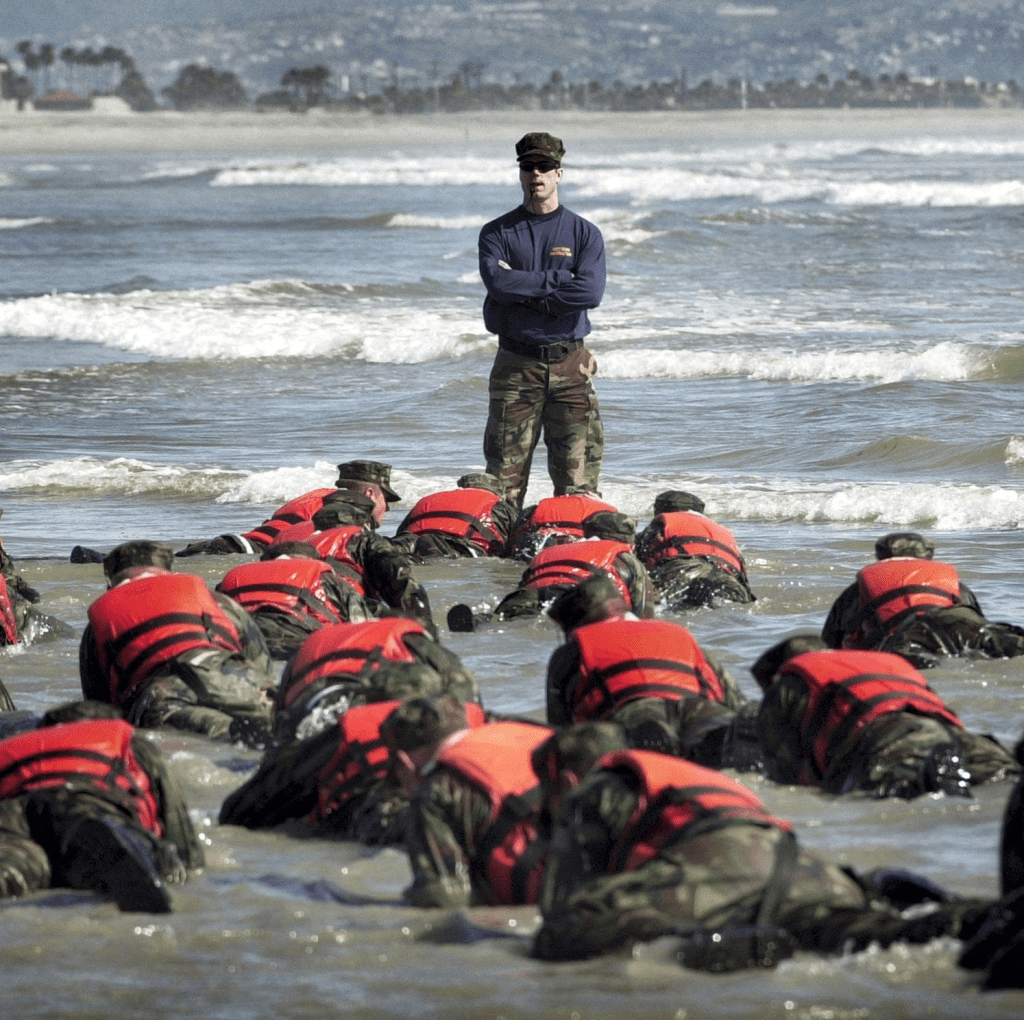
Once potential Navy SEALs complete their Physical Screening Test and successfully enter the training program, they’re rewarded with a trip to Preparatory School and more grueling tests of endurance. To move on from the preparatory stage, individuals must swim 1000 meters with fins in 20 minutes or less and run four miles in boots and pants in 31 minutes or less, along with tests involving push-ups, sit-ups, and pull-ups. Those who fail are eliminated from the SEAL program and reclassified to other Navy positions.
Basic Underwater Demolition Training Consists Of Another 24 Weeks Of Brutal Physicality, Including Telephone Pole Lifting

Approximately only 12% of all potential Navy SEAL candidates make it as far as Basic Underwater Demolition/SEAL Training, or BUD/S. The core component of SEAL training, BUD/S lasts for 24 weeks and consists of brutal physical exercises, including carrying telephone poles in groups and plenty of ocean-based endurance training. Trainees aren’t just training their bodies, however, as they’re also required to learn about tactics, strategy, and other subjects while pushing themselves to their physical limits. Only by completing BUD/S does a prospective SEAL even get the chance to enter SEAL Qualification Training, or SQT.
Trainees Must Swim With Their Arms And Legs Tied To Become “Drown Proof”

SEAL training requires a lot of swimming, but the program goes to extreme lengths to ensure that potential SEALs are comfortable in the water at all times—even in excessively distressing situations. Trainees are required to undergo “drown proofing,” in which they must learn to swim underwater with their arms and legs bound. They’re also required to float for five consecutive minutes while bound. The goal is teach prospective SEALs that they can swim their way out of trouble in even the most intense of scenarios.
SEALs Need To Be Able To Hold Their Breath Underwater For Two Minutes

Everyone has tested their breath-holding abilities in the swimming pool but potential Navy SEALs must learn to survive seemingly inhuman lengths without air. Although they are allowed to develop this ability over time, in order to complete BUD/S, SEALs must hold their breath underwater for two full minutes. This is one of the many specific tests that make SEAL training the most dangerous entry program in all the US military.
Candidates Must Also Be Able To Tie Five Consecutive Knots While Underwater
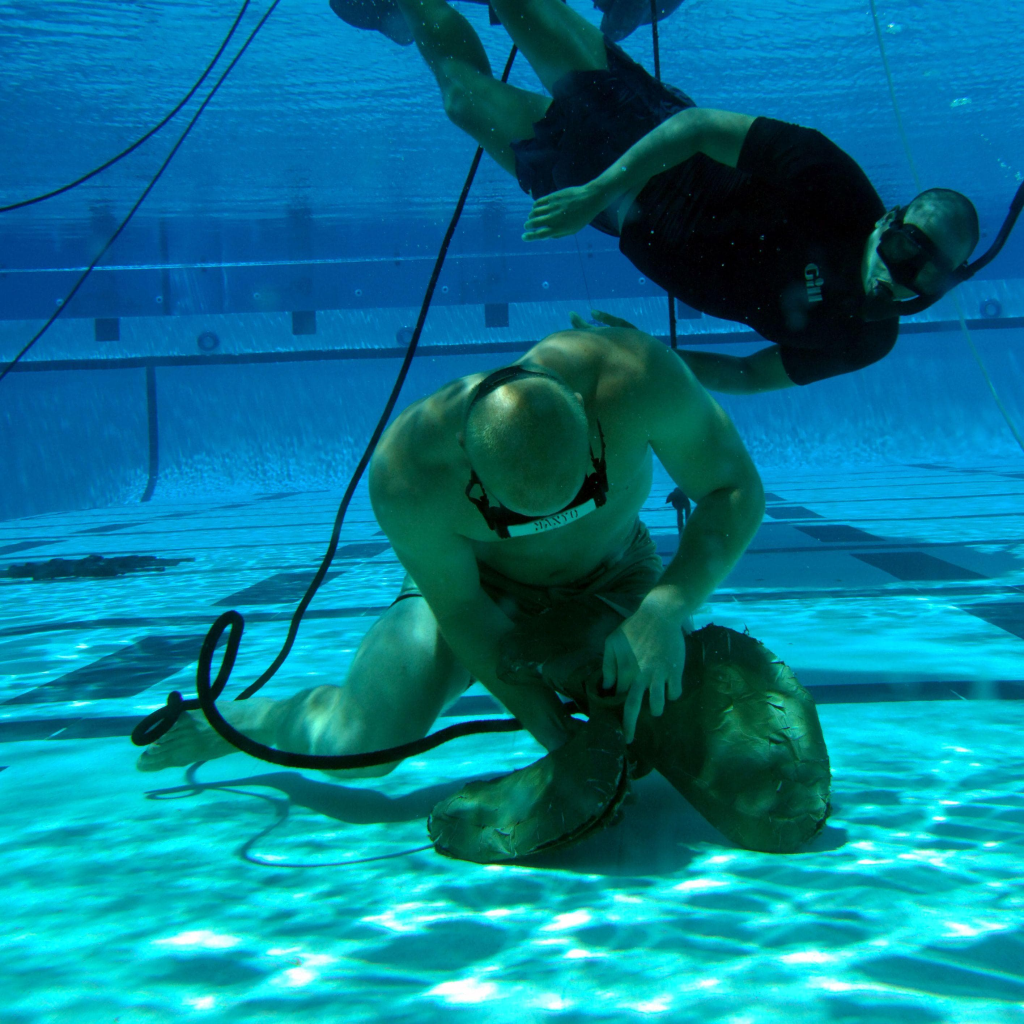
Knot-tying is an art that is often associated with the Navy, and SEALs are no exception. But leave it to the SEALs to make even knot-tying hardcore. Trainees are taught five basic knot-types—the Bowline, Square Knot, Becket’s Bend, Clove Hitch, and Right Angle—and ordered to memorize their complicated sequences. Once they’ve mastered the knots, would-be SEALs have to tie them all, consecutively, while holding their breath underwater. They’re allowed to surface for air between each knot, but only for a single breath.
Next Comes Hell Week—120 Hours Of Training On Four Hours Of Sleep
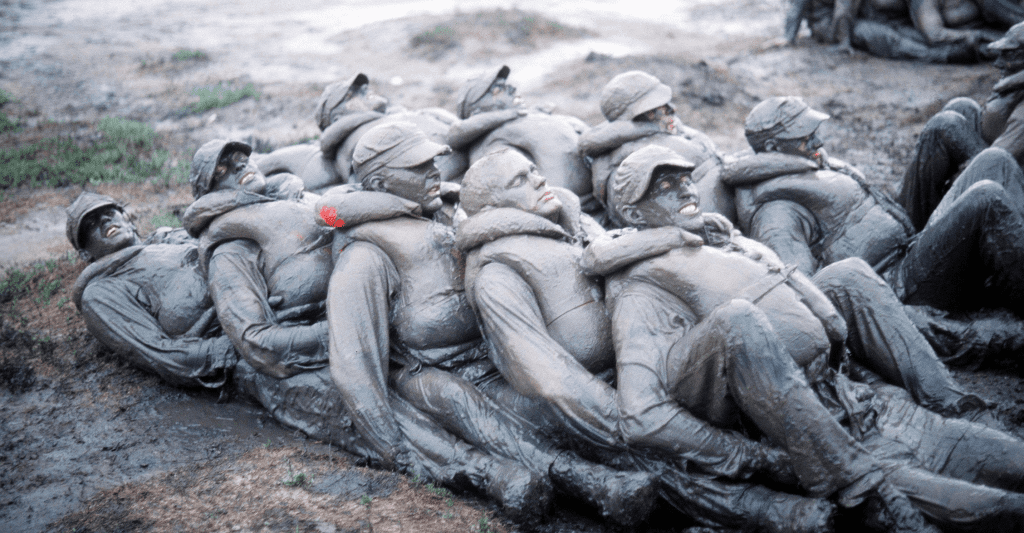
After two weeks of preparation, the first phase of BUD/S training features the affectionately –and accurately– named “Hell Week.” During the five-day torture session, potential SEALs face a litany of physical tasks for more than 20 hours per day. This brutal crash course in bodily harm includes cumulatively running 200 miles, or roughly the distance between New York and Boston. Trainees are only allowed to sleep for, at most, four hours—and that’s not a per-day measure, but a total for the entire experience. As if that weren’t tough enough, “Hell Week” includes zero downtime, with trainees conducting difficult scientific measurements and completing other academic tasks. Just how bad is it? Only 25% of SEAL candidates make it through Hell Week.
The Fight Truly Begins With Combat Diving, Two-Mile Ocean Swims And Random Underwater Attacks

Phase two of BUD/S is referred to as “Combat Diving,” a fairly accurate description of the violent experience trainees are about to face. During Combat Diving, potential SEALs learn to become even more comfortable in stressful underwater situations. Individuals must complete two-mile swims in the ocean, and must also deal with the prospect of random mock-attacks from their instructors. Despite the unit’s name, not all of this training is geared toward fighting opponents at sea—trainees must also learn how to deal with thrashing and non-cooperative drowning victims.
The Final Phase Of BUD/S Takes Place On A Remote Island With Real Ammunition And Explosives
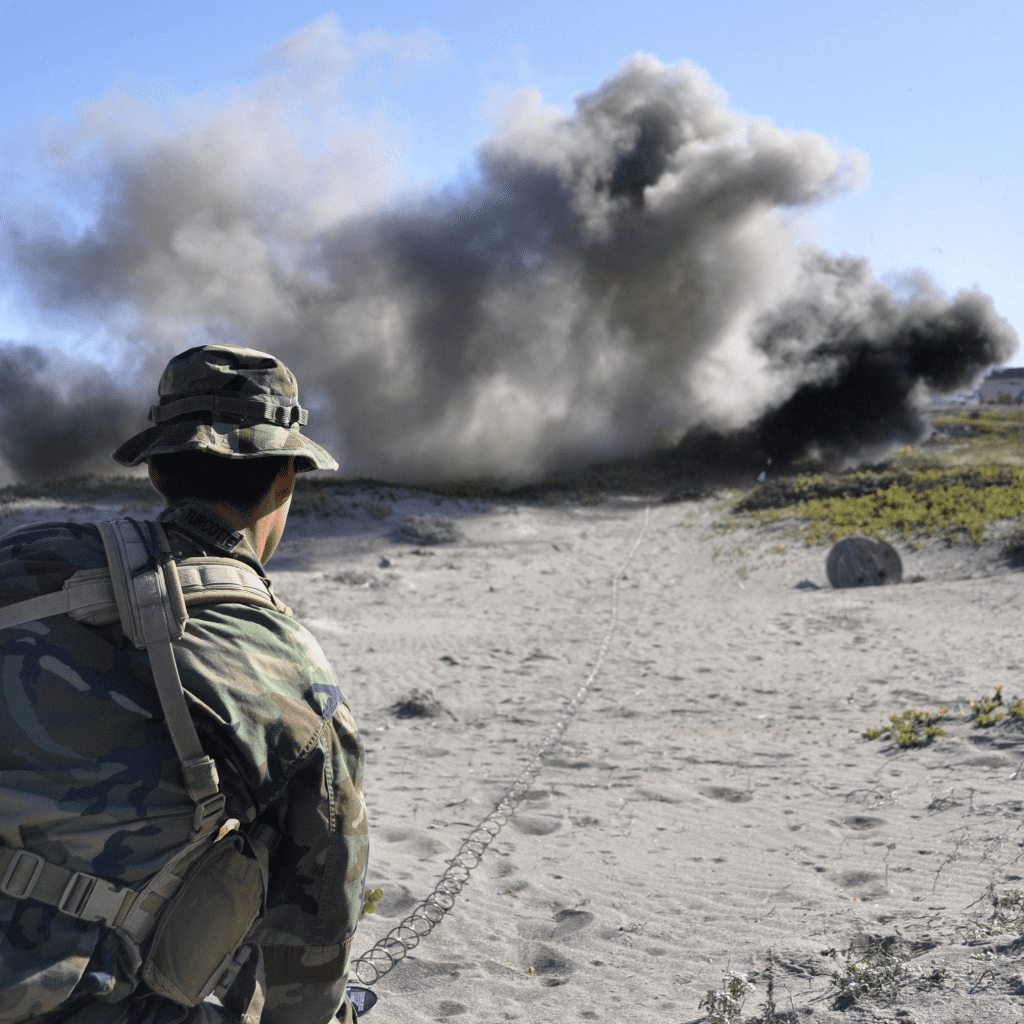
The final phase of BUD/S is called Land Warfare, and it lasts for seven weeks. Candidates spend the first three-and-a-half weeks studying rappelling, weapons handling, and demolitions before heading to San Clemente Island, off the coast of California, for live drills. Many believe that this portion of the training is the most dangerous, as individuals are faced with long days, minimal sleep, and harsh punishments for any missteps. To make matters more potentially deadly, this is the point at which would-be SEALs learn to handle live ammunition and explosives, as the entire experience is meant to mirror the reality of deployment.
Then Trainees Learn How To Jump From A Plane At 9500 Feet—At Night

The “A” in SEALs stands for air, and although they’re most often associated with literal wetworks operations, SEALs are often deployed from planes. Because of that, BUD/S is quickly followed by with three weeks of parachute training, with ever-escalating free falls. At the peak of the program, candidates must jump from an altitude of 9500 feet, at night, while carrying combat equipment. As the deadliest part of SEAL training, this particular portion has led to a number of accidental deaths.
SEALs Finish Their Training With Another 26-Week Course, And Then Receive Specific Training For Each Subsequent Mission

After completing the grueling physical testing, BUD/S program, and Parachute Jump School, prospective SEALs have reached a point that only 10% of candidates achieve. Those survivors are not done yet. Next comes SEAL Qualification Training, or SQT, another 26 weeks, in which trainees are fully prepared to actually join a SEAL platoon. Even after they’ve officially earned their Trident and become a SEAL, the training isn’t over. SEALs must go through a “pre-deployment workup” before every mission.
